Laminar Flow hood, clean bench and Biosecurity Cabins
Laboratory bells are equipment that allows maintaining air quality in these spaces, preserving the reagents and samples used in them, as well as ensuring the integrity of the operator. Currently there is a wide variety of bells and these respond to specific needs so each one has a defined purpose.
These are forced circulation cameras that, depending on their specifications and design, provide different levels of protection. In this article we will focus on laminar flow bells that allow us to protect the product being manufactured and on biological safety bells that protect the product, the operator and the environment.
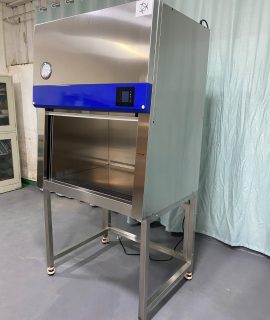
Types of Bells and Cabins a Laboratory may need
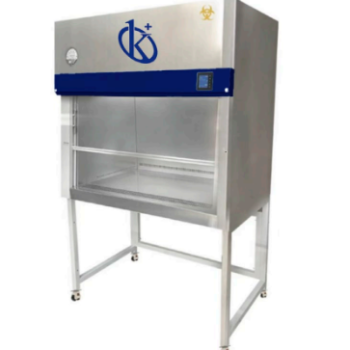
Class II Biosafety Cabinets
Biological safety cabinets are ventilated rooms designed to limit the risk of laboratory personnel exposed to infectious agents as much as possible. This is especially important considering that many of the operations carried out in a laboratory involve the formation of aerosols. The main objective of this equipment is to provide a work area that minimizes the probability that an airborne particle has to escape to the outside of the cabin and thus contaminate the operator and the area around him. In addition, some of them offer protection to the material that is handled.
When a biological safety cabinet is used by properly trained personnel aware of its limitations, it becomes a very effective containment equipment to reduce the possible escape of biological contamination. However, it is important to bear in mind that a cabin is never a substitute for a proper microbiological technique.
Horizontal Laminar flow cabinet
A laminar flow hood is a device that allows obtaining a sterile and safe area for any need that is required within a laboratory. It can be: horizontal or vertical. Basically it constitutes a space, which, by means of a specific treatment of the air, allows to work in an area with a strict control of non-road particles.
This type of equipment is used for certain processes where extreme pollution control is needed. Normally, these systems are used for microbiological control procedures, packaging process and sterile filling, but in no way should they be used for processes in which strains of contaminating biological agents are involved, whether known or not. For these cases there are biological safety cabins, prepared exclusively for the protection of the product / process, the operator and the environment.
To understand the purpose of laminar flow equipment, it is necessary to consider its operation, and the physical space where it will be located.
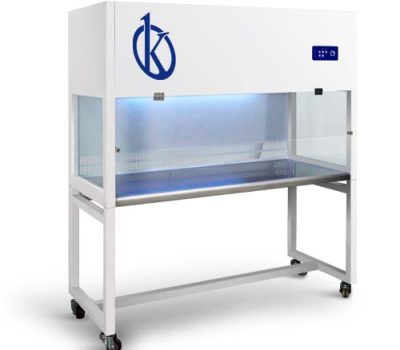
In Kalstein you can find the ideal Bells and Cabins for your Laboratory
Laboratory bells are equipment that allows maintaining air quality in these spaces, preserving the reagents and samples used in them, as well as ensuring the integrity of the operator. Currently there is a wide variety of bells and these respond to specific needs so each one has a defined purpose.
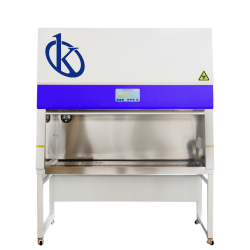
Biological Safety Cabinet 100% Exhaust Class II A2 Biosafety Cabinet YR05704 // YR05707
Air curtain isolation design prevents internal and external cross-contamination...
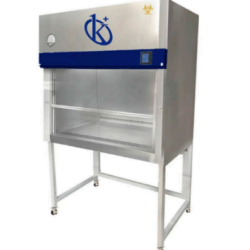
Biological Safety Cabinet Class II A2 YR0090B (SS) // YR0090E (S)
Get to know more about Kalstein’s new Full Stainless Steel Biosafety Cabinet...
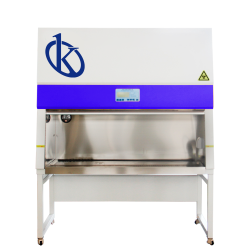
Biological Safety Cabinet YR05708 // YR05710
Biological safety cabinet Class II biological safety cabinet/biological safety cabinet is necessary in animalcule lab...
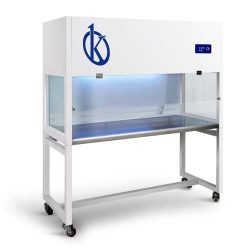
Double Person Laminar Flow Cabinet YR05267
Widely used in medical, college and other industries. provide air purification for the working area; is the essential...
Our Best Selling Bell
Biological safety cabinets is clean equipment in biological experiments, to prevent damage of the experimental operation of poisonous and harmful airborne particles, in order to protect the safety of the operator and the environment in the experiment.
Kalstein bioaction series biological safety cabinet provide reliable security, standard with a HEPA filter to protect product and environment; plenum leak prevention technology, stable inflow speed system, LCD screen, microcomputer control technology, especially for biological contamination of a variety of high-risk experiments;
| Product Model | YR05270 | YR05271 |
| Clean Rating | International standard ISO14644.1 CLASS 5(US209E,CLASS 100) | |
| Inflow Velocity | 0.53m/s | |
| Down Flow Velocity | 0.35m/s | |
| Down Flow Velocity Precision | ±0.015m/s | |
| Noise Level(dB) | ≤65 | |
| Vibration | ≤3μm(X、Y、Z direction) | |
| HEPA | efficiency 99.995% | |
| Light Intensity(LX) | ≥650 | |
| Pressure Difference Range (Pa) | 0~500 | |
| Operate Environment | environment temp.10-30℃,relative humidity under 70%, no obvious vibration and dust | |
| External Dimensions(H*W*D) (mm) | 206 × 103.5 × 74 | 206 × 134 × 74 |
| Dimension Of Working Zone(H*W*D) (mm) | 67 × 96.5 × 56 | 67 × 127 × 56 |
| Power Supply | Single-phase voltage source AC220V/50HZ | |
| Power(W) | 300 | 350 |
| Net Weight(KG) | 175 | 210 |
| Gross Weight(KG) | 195 | 235 |
| Package Size (H*W*D) (cm) | 165 × 120.5 × 91 | 165 × 151 × 91 |
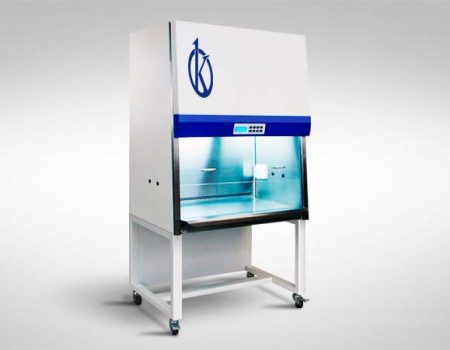
Catalog of models of Bells and Cabins on offer
-
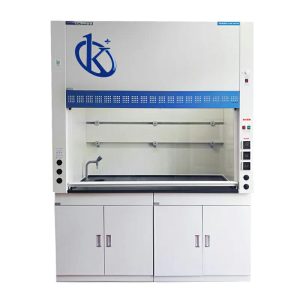
Laboratory Fume Hood,acid and alkali resistance Fume Cupboard Hospital Laboratory equipment YR05817 // YR05819
Select options This product has multiple variants. The options may be chosen on the product page -
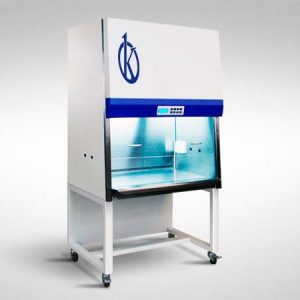
Biological Safety Cabinet YR05270 – YR05271
Select options This product has multiple variants. The options may be chosen on the product page -
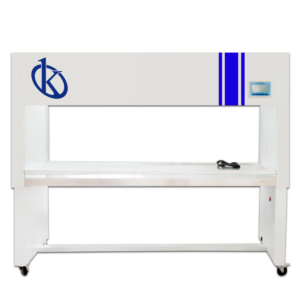
Laminar Flow Cabinet YR05742
-
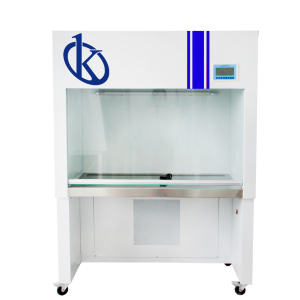
Laminar Flow Cabinet YR05725
-
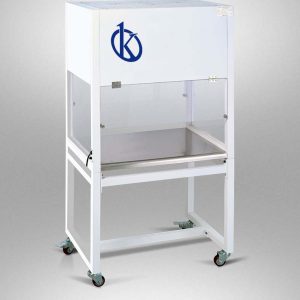
Single Person Laminar Flow Cabinet YR05266
-

Biological Safety Cabinet YR06206
-
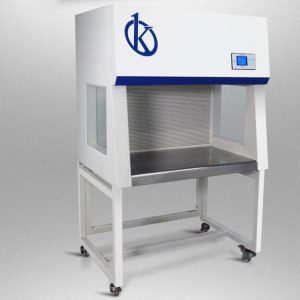
Laminar flow cabinet (Single Person) YR05266-1
-
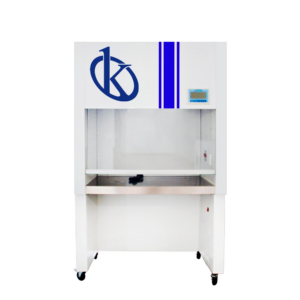
Laminar Flow Cabinet YR05745
Guides for you to become an expert in Bells and Cabins
Laboratory Hoods: Differences?
Laboratory hoods are fundamental pieces in the operation of this space to maintain air quality. The variety of hoods in the industry responds to the needs of scientists...
How does a Fume Hood work?
A hood or hood in laboratories are an effective means of capturing flammable, irritant, corrosive, carcinogenic vapors, etc. to prevent personnel exposures and avoid their dissemination...
What is a PCR work Cabinet?
The polymerase chain reaction (PCR) is a laboratory technique used to amplify DNA sequences. The method uses short DNA sequences called primers to...
What is laminar flow hood?
A laminar flow hood is a device that allows obtaining a sterile and safe area for any need that is required within a laboratory. It can be: horizontal or vertical. Basically it constitutes a space, which...
Videos of bells and Cabins in operation
In this section you can find our cabins and bells, packed, receiving service, etc.
Process of use of Biological Safety Cabins
These cabins use an airflow that allows to control and drag aerosols and particles, HEPA filtration to retain and eliminate them in the air stream, is a safe way to work with contaminated materials, with pathogens such as: bacteria and viruses; there are a variety of CSBs, and they differ in their specific design and manufacturer features.
It is a machine that offers a closed and ventilated working space, which allows to perform many procedures and scientific experiments protecting the user, the sample and the present environment; it eliminates and prevents pollution, and is indispensable in any laboratory.


Frequently asked questions about Bells and Cabins
How to know the prices of the Bells and Cabins?
To know the price of the Bells and Cabins we invite you to send us an email with your request through the contact form.
What are the delivery times for the Bells and Cabins?
The delivery time of your Kalstein product will depend on the following:
- If the equipment of your interest is in stock or if on the contrary it should be manufactured.
- The type of freight you have chosen may be; air or sea.
- Equipment in stock:
– Delivery Time (Aereo): 15-30 days.
– Delivery Time (Maritimo): 45-60 days.
- Equipment not in stock:
– Delivery Time (Aereo): 30-60 days.
– Delivery Time (Maritimo): 60-90 days.
How to make a purchase of Bells and Cabins?
You can make your purchase through:
- By email: [email protected]
- By phone: +33 (0) 1 78 95 87 02
- Electronic commerce: Through Kalstein's official website in his country.
How does the warranty work?
At Kalstein we provide our customers with inductions and technical support through new online methods. You can visit our inductions, technical assistance and guidance videos provided by a Kalstein team through our YouTube channel (Kalstein English). HERE
Can I request a quote online?
Of course, you can request a quote for the Kalstein team of interest, directly from our official website. Once you have identified the model of your choice, click HERE
